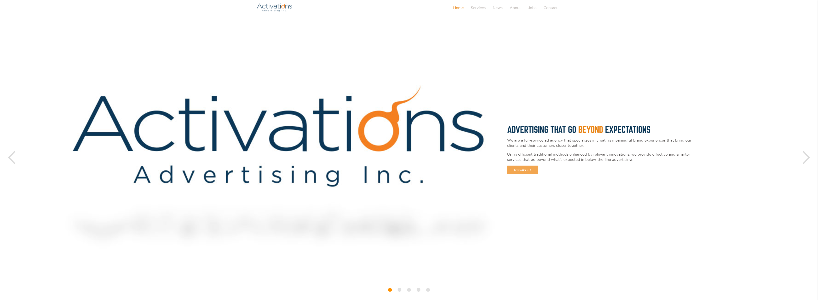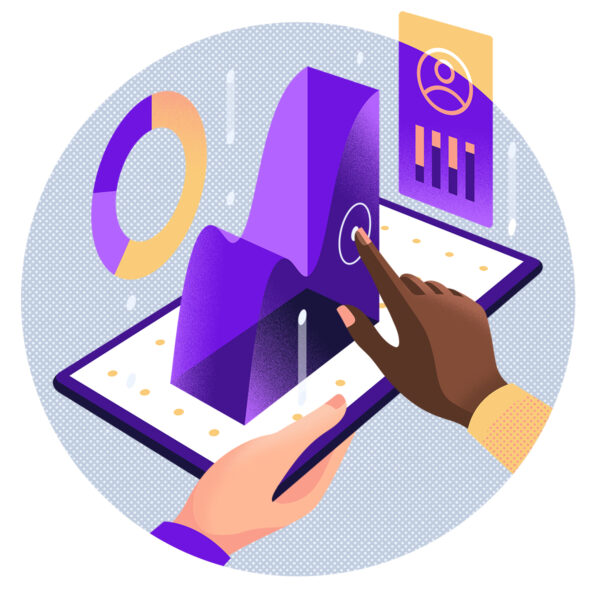



Customer data platform: Solving the ongoing challenge of true personalizationĬompanies regularly experiment with testing the impact of varied customer experiences, but they do it in isolation. It can boost total sales by 15 to 20 percent, and digital sales even more while significantly improving the ROI on marketing spend across marketing channels: from websites and mobile apps to-in the not-too-distant future-VR headsets and connected cars. Such data-activated marketing based on a person’s real-time needs, interests, and behaviors represents an important part of the new horizon of growth. What began as a simple task of buying yoga pants ended up being a much more engaged experience.

Though she has never bought such items at this retailer, Jane takes advantage of the offer and purchases a new sports bag. One week later, she receives an iPhone message nudging her to use the store’s mobile app to unlock a 15 percent one-day discount on workout equipment. Intrigued, she clicks the link and watches a video about raising healthy kids. But here’s what this example looks like when we activate Jane’s data: Three days after her online purchase, the retailer sends Jane a health-themed email. To harness this opportunity, it’s time to focus on what really matters – and discard the rest.With the exception of a follow-up email, most interactions with the customer stop there. For organizations to stay relevant for tomorrow, they must adapt to the ever-evolving needs of customers while accelerating real growth through change. Navigating the complexity of customer and business demands is no small feat. Decades’ worth of digital disarray in marketing organizations keeps accumulating with more channels, touchpoints and tools. There is an explosion of channels to manage. There is always a new technology to explore-augmented reality today, and tomorrow, the Metaverse. On top of this customer shift is an ever-growing complexity across the marketing ecosystem that makes exceeding consumer expectations more difficult than ever. Before 2020, who could’ve imagined that QR codes would replace paper menus? Or that picking up online-ordered groceries curbside would become more popular than going into the store? The past several years have brought great change to everyday life, and people, as a result, have been compelled to shift their expectations more rapidly and completely than any other time in history.


 0 kommentar(er)
0 kommentar(er)
